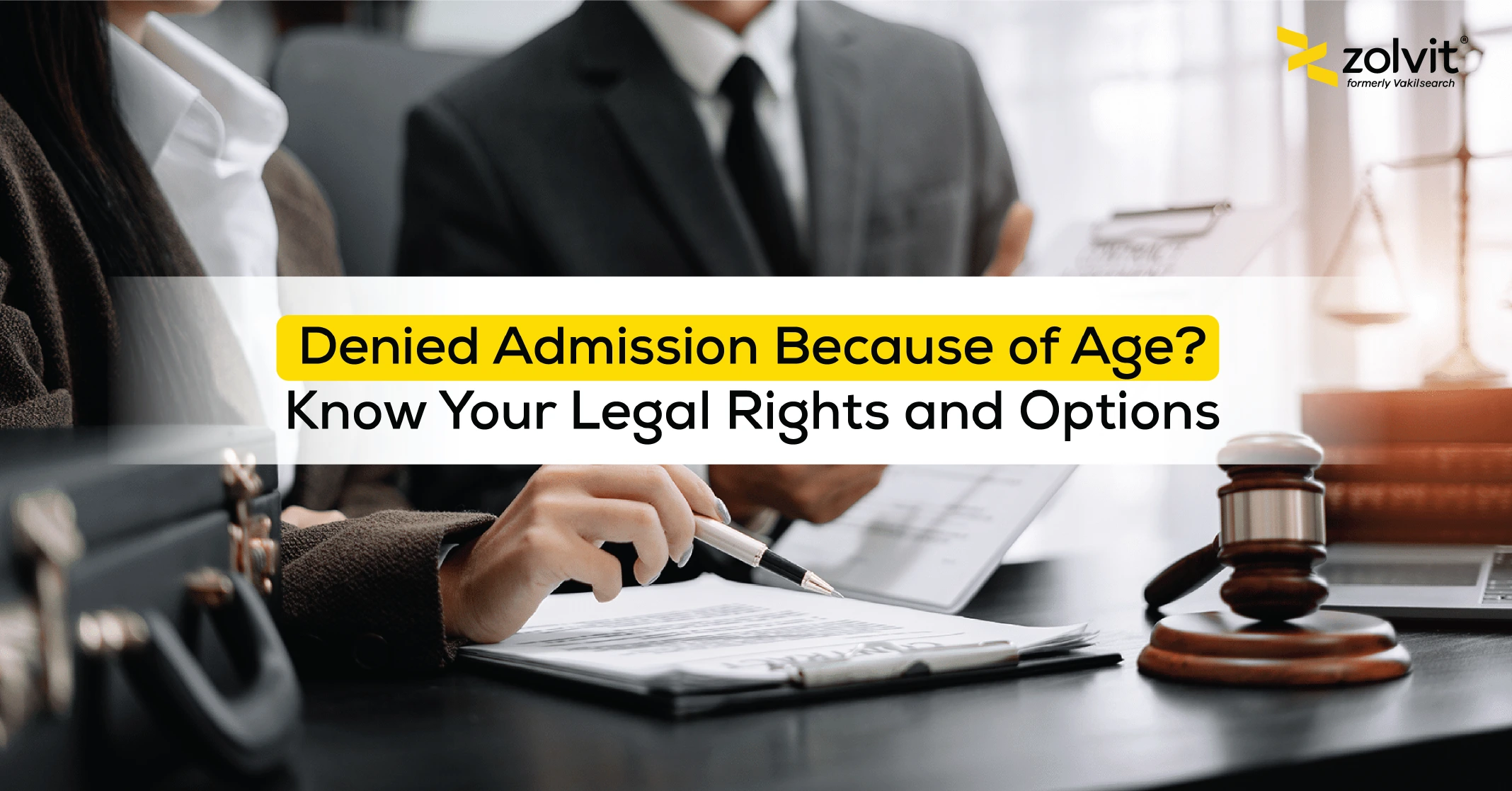Legal Advice on Age Criteria Denial in Admissions

Introduction
This case is a very typical example of how legal advice helped a parent contest the institution’s rigid age criteria admission denial and thus ensured the right of the child to an education.
Situation
Denial of Admission-to Age Criteria:
A parent approached her lawyer after being denied admission to a nearby convent school by a daughter. The institution had a fixed cut-off date of age birth period ‘born between May 1 st 2021 up to December 31, 2021. Hence, her daughter could not apply for admission as she had a birth date of February 14, 2021.
The denial frustrated the parent as the school denied to even take the application. Above all, the school was not very forthcoming in its replies about this denial. The school believed their daughter was developmentally ready to attend classes. Yet, this confidence barely seeped into the parent’s psyche, because the school had no flexibility or understanding.
The parent was not sure how to go about things when they sought civil legal advice on how to file a challenge against the school with a view to the right to education for the child.
Legal Solution
Legal Counselling
The attorney further said that although these criteria would be based on individual school guidelines, they still had to conform to fundamental rights including the right to education under Article 21 of the Indian Constitution. Moreover, the Right to Education (RTE) Act promises this free and compulsory education for children aged between 6 and 14 years but imposes no age restriction for pre-primary education. However, since education as such is regarded as a fundamental right under the Constitution, it is arguable against age restriction imposed by the school if it is just unreasonable.
The lawyer suggested sending legalized notice to the school on behalf of the child urging that admission should be granted despite the child’s age cut-off. The notice was also intended to require the school to respond within an interval of 15 days.
In case the school chose to turn a blind eye to its notice or refused to reconsider it, the lawyer advised that a writ petition should be filed in High Court challenging the arbitrary age cut-off restriction by making an argument to the court regarding the school being biased as against a child.
Key Points of Legal Strategy
Legal strategy stood on two basic points
Right to Education: There was no ground to deny a right to education simply by attaching the factor of age.
Child’s Readiness: There could also be evidence such as reports from child psychologists or educational assessments with which the parent had shown that the child was ready for school notwithstanding the age difference. The lawyer further directed that collecting supporting documents would be beneficial, especially if the matter had to go to court.
Next steps
Legal Action Plan: The attorney outlined the process for the client as follows
Stage 1 – Legal Notice: Drafting the legal notice for the school is the first step, as it will claim the right of the child to education via school admission and ask the school to review its decision on this matter. The school would be expected to give a reply within 15 days.
Stage 2 – File Writ Any refusal on the part of the school to respond regarding the decision would warrant filing a writ petition in the High Court. The petition will ask the court to intervene directing the school to have the child admitted.
The lawyer further advised the parent to have all documents that might indicate the child’s readiness for schooling, such as assessments or opinions from professionals.
Conclusion
Through legal advice, the parent learned the procedure required to contest the school’s strict age policy. Thus, sending a legal notice and, if necessary, filing a writ petition allowed the parent to challenge any deprivation of his child from education by laws or policies. This case illustrates how a legal intervention can assist in challenging an unfair policy of an institution that denies a child access to school because of arbitrary rules.
In the end, the parent took the necessary steps to protect the educational rights of his child, ensuring that the child received the rightful education.
Relevant Blogs: